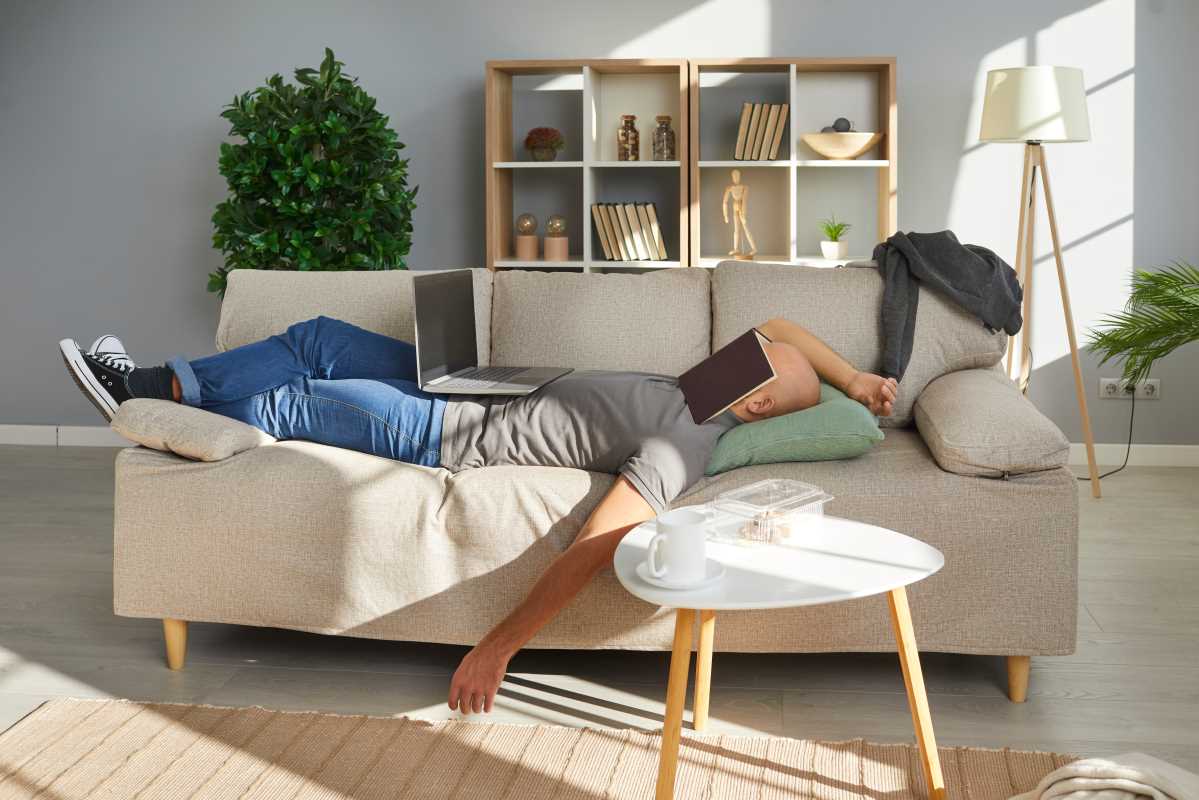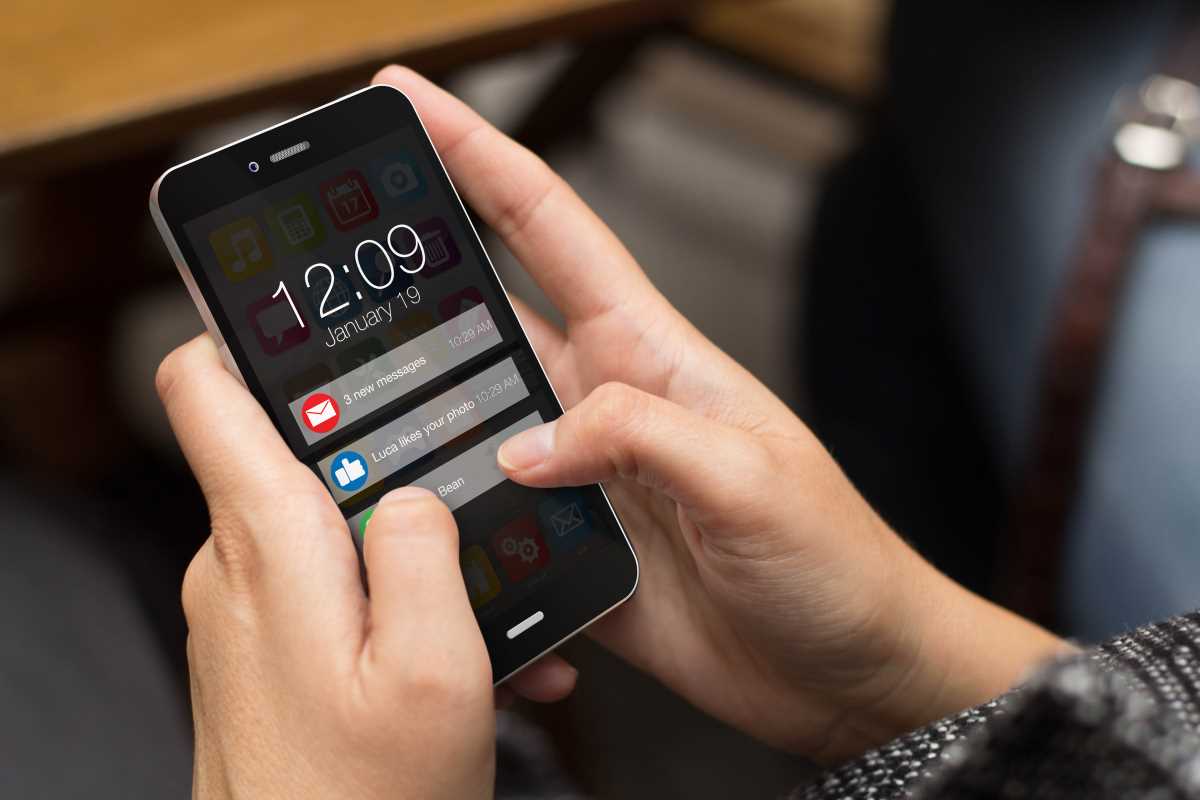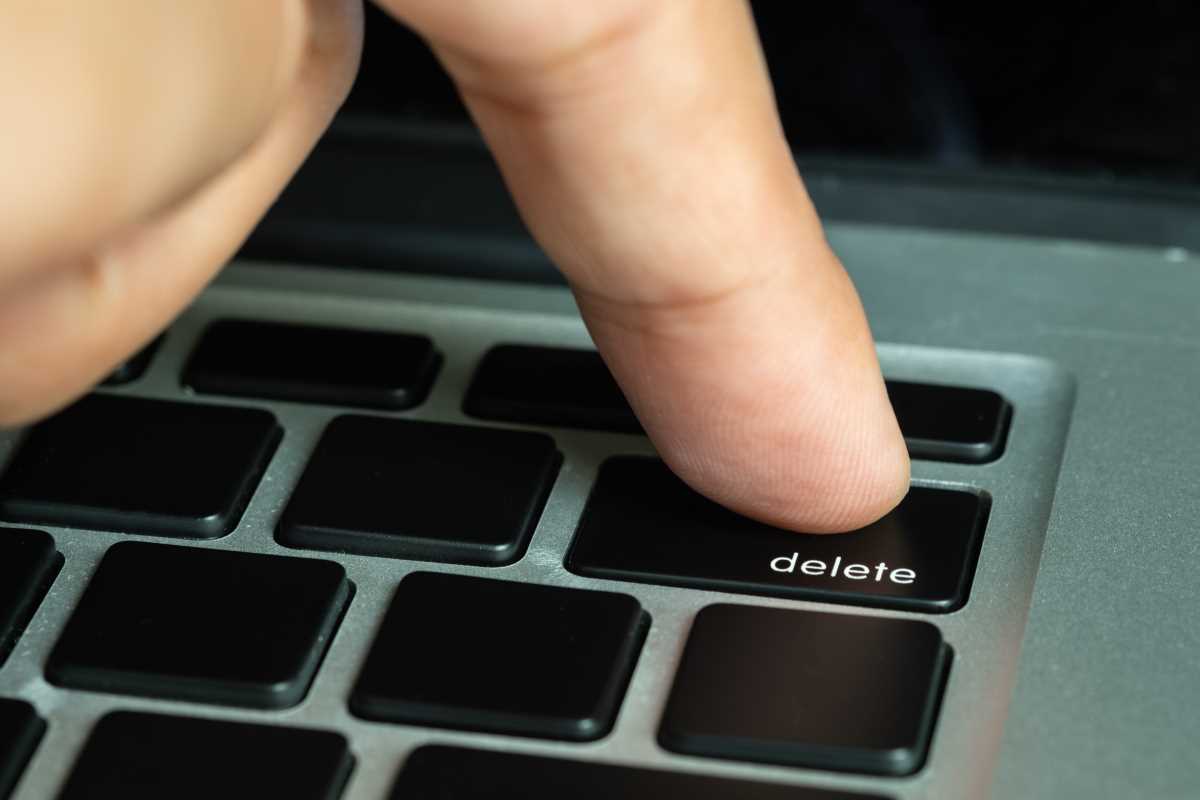Remote work has transformed traditional workflows, offering unprecedented flexibility while presenting unique challenges in maintaining focus and efficiency. Without the natural structure of an office environment, distractions can multiply, and productivity can wane. This is where multi-sensory productivity tools come into play. By engaging more than one sense simultaneously, these tools create immersive environments that enhance concentration, foster creativity, and improve task execution. From stimulating scents to tailored audio-scapes, leveraging multiple senses can add richness and functionality to your workday, making it easier to stay productive and mentally refreshed.
Understanding Multi-Sensory Productivity Tools
Multi-sensory productivity tools are specifically designed to influence how you engage with your work by triggering responses across various senses. While most technology platforms focus heavily on visual and auditory inputs, multi-sensory tools expand this approach by involving touch, scent, and even taste, creating a well-rounded work experience.
The science behind multi-sensory input is grounded in how the brain processes stimuli. Engaging multiple senses simultaneously strengthens cognitive processing, which can help you absorb information faster and reduce mental fatigue. Research has shown that stimuli involving smell, sound, and tactile sensations can elevate mood, improve memory retention, and sustain focus for longer periods. These tools adapt the remote work environment into a space that supports both calm and productivity.
Importantly, the benefits of multi-sensory tools are not only for those tackling creative projects but for anyone managing a variety of tasks. Whether you’re solving problems, hosting virtual meetings, or performing repetitive administrative duties, these tools can be tailored to meet your needs and reduce stress.
The Role of Soundscapes in Productivity
Sound is one of the most effective senses to influence mood and focus, and multi-sensory tools leverage this by creating curated soundscapes designed for various work scenarios. Background noise or ambient sounds can block out distractions, enhance concentration, and encourage creative thinking. For instance, low-frequency sounds like ocean waves or steady rain promote relaxation and help quiet an overactive mind, making them ideal for tasks that require sustained mental effort.
Some tools, such as Brain.fm or Endel, use AI to generate audio tailored to specific goals like deep work, relaxation, or creative output. These platforms base their soundtracks on neuroscience, using rhythms that stimulate focus-related brainwaves while minimizing cognitive fatigue. Beyond just providing ambient noise, they adapt dynamically to your work patterns, ensuring that the auditory input always aligns with your productivity needs.
For remote workers who regularly attend virtual meetings, soundscapes can be a valuable tool for resetting between sessions. Listening to a short burst of natural sound, like birdsong or rustling leaves, provides a refreshing mental break that prevents burnout and clears your head for the next engagement.
The Power of Scent in Your Workspace
Scent has a profound impact on mood, memory, and focus. Incorporating aromas into your remote work routine can subtly but significantly shape how you feel and perform during the day. Essential oils like peppermint are known for their ability to boost alertness and mental clarity, making them useful during demanding tasks. Conversely, lavender and chamomile promote relaxation, which can come in handy during high-stress periods.
Diffusers are a popular way to introduce scent into your workspace. Combining essential oils with an ultrasonic diffuser creates an inviting atmosphere that can either energize or calm you, depending on the oils you choose. Alternatively, scented candles and room sprays offer a simpler way to integrate fragrances without needing specialized equipment.
Some multi-sensory tools pair scents with other productivity aids. Smart diffusers, for example, link with scheduling apps to emit specific fragrances at different times of the day. A burst of citrus in the morning can wake you up, while soothing vanilla in the afternoon helps you wind down without losing focus.
Integrating scented elements into your workspace isn’t just about creating a pleasant environment. It’s about creating a sensory cue that your brain associates with specific productivity states. Over time, certain scents become mental triggers for focus, enabling you to transition into work mode more effortlessly.
Tactile Tools for Enhanced Engagement
Touch is often an underutilized sense in remote work setups, but it can significantly impact how motivated and engaged you feel. Incorporating tactile tools into your routine introduces an element of physical activity, which breaks up the monotony of sitting at a desk for hours on end.
One way to engage touch is through ergonomic accessories that enhance physical comfort. Memory foam wrist supports, textured mousepads, or standing mats stimulate tactile sensations while also improving posture and reducing physical strain. These small tactile adjustments lead to a more comfortable and productive work experience.
For mental stimulation, stress-relief tools like fidget devices or kinetic sand provide hands-on engagement that can sharpen focus. These tools work particularly well during brainstorming sessions or as quick breaks between tasks. Even something as simple as drinking from a favorite textured mug during work can enhance sensory engagement, connecting the sensation of touch with focus and comfort.
Another avenue to explore is the use of haptic feedback keyboards or mouses. These tools provide subtle vibrations or resistance during key actions, creating a more immersive and tangible interaction with your technology. This feedback strengthens connections between your physical input and digital response, a feature especially beneficial for those with attention to fine details in their work.
The Integration of Visual and Interactive Tools
While sound and scent can subtly shift productivity, visual stimuli often serve as the anchors of a remote workspace. Multi-sensory tools go beyond static visuals, incorporating dynamic and engaging elements into your environment. Adjustable LED lighting systems like Philips Hue are a prime example. These systems allow you to change the color and intensity of your workspace lighting, letting you match your visual environment to the mood or task at hand. Bright, cool light encourages alertness and is excellent for focused work, while softer, warmer tones support relaxation and creative thinking.
Interactive visuals, like digital organizers and task boards, also play a role in multi-sensory engagement. Tools such as Trello or digital whiteboards emulate the tactile layout of physical boards while allowing customization that visually fits your personal workflow. Adding color-coded labels or project imagery enhances visual appeal and enables intuitive prioritization.
Screensavers and backgrounds are another often-overlooked area where visual cues can make a difference. Rotating scenic landscapes or calming animations on your desktop offer moments of mental respite without requiring a full break. These tools also serve as subtle reminders to pace yourself and manage time effectively.
Creating a Multi-Sensory Routine
The key to reaping the benefits of multi-sensory productivity tools lies in intentional integration. Start by observing how the workspace engages each of your senses and note areas where additional stimuli could enhance your productivity. Balance is essential; overwhelming your workspace with too many stimuli may become counterproductive. Instead, aim for a cohesive experience where each sensory input complements the others.
A well-designed multi-sensory routine adapts to your workday’s rhythms. If mornings are challenging, combine energizing scents like peppermint with soundscapes optimized for focus. Create contrast in the afternoon with warm lighting and tactile stress-relief tools to maintain a sense of calm. Tailoring these inputs ensures you remain sharp and balanced regardless of external circumstances.
Experimentation is also key. Use different tools and take note of their effects, adjusting to what works best for you. Over time, these sensory enhancements become second nature, seamlessly boosting both productivity and well-being.
Transform Your Remote Workspace
Multi-sensory productivity tools transform remote work from a series of tasks into an engaging and cohesive experience. By designing a workspace that strategically includes sound, scent, tactile elements, and dynamic visuals, you create an environment that not only supports focus but also enhances creativity and reduces stress. Each sensory input works together to enrich your day, making work smoother, more enjoyable, and ultimately more effective. With the right tools and strategies, your remote workspace becomes a place of inspiration and efficiency, helping you achieve your best, one sense at a time.







